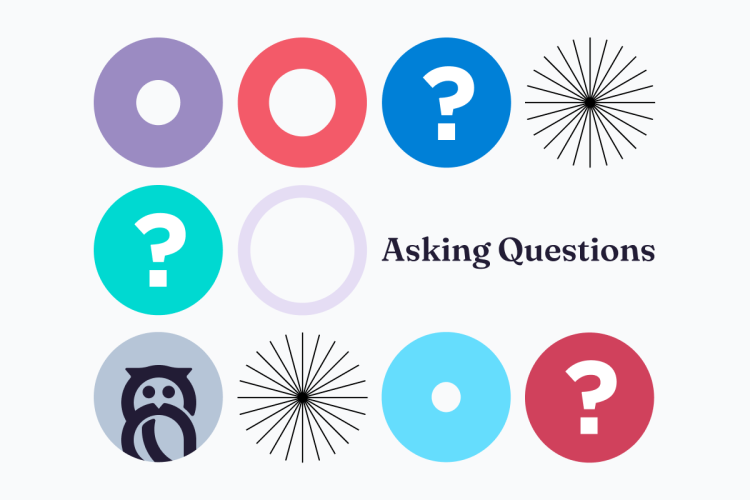To quote Ted Lasso quoting Walt Whitman, “Be curious, not judgmental.” In this quote, Ted was applying it to the judgment of people, but in our context, we can apply this to the judgment of our problem. We shouldn’t assume that we know the answer to the problem or even the problem itself. Using the example above as a starting point, we might start with a method called the 5 Whys to see if we can find the root cause of our problem. The method is called the 5 Whys, but we like to think of it as just asking five continuous questions to help us find the root of the problem, and it looks something like this:
Customer: We want to add a purchase button below each of the products on our website.
Savas: WHY do you want to add a purchase button?
Customer: Our product sales haven’t been great, and we think adding a button will help.
Savas: Are customers entering your purchase flow?
Customer: Yes. Our data shows a lot of traffic to our purchase flow.
Savas: Have you identified the page that users are leaving from?
Customer: It seems to be the selection page where a customer selects the specific product to purchase.
Savas: How long do users spend on this page?
Customer: According to our data, users spend an average of 1 minute on this page.
Savas: Are they interacting with the selectors on the page?
Customer: Our data shows that our customers interact with multiple selectors before leaving.
This is a lot of questions, but it’s helped us figure out a few things. The first is that adding a purchase button will only help customers find a flow they already know how to find. Second, customers spend an unusual amount of time on a specific screen and even interact with it before leaving the page. This information tells us that there’s an issue on this page, and we need to do our best Sherlock Holmes impression to figure out what’s going on. Now that we have a starting place, it’s good to take a step back from the entire issue and ask what kind of data you have to work with. Do you have site analytics in place? Have you watched users interact with this flow? Could you send out a user survey to gather insights? At this stage, data and research will be your best friend in finding a starting point, and one of the best ways is to take the questions directly to the customers through user testing.

